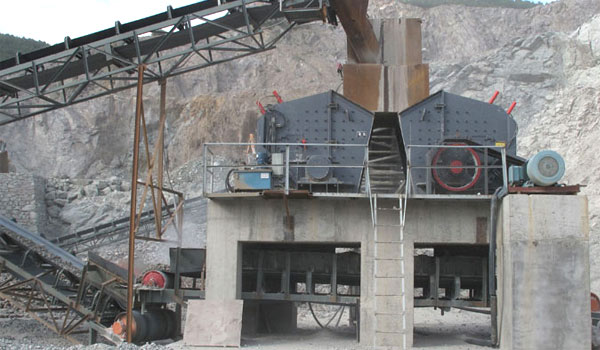Crushing rocks into sand and gravel involves several stages of processing that transform large rock materials into finer aggregates suitable for construction and landscaping. The process typically begins with the extraction of large boulders or stones from quarries, which are then transported to crushing facilities. Various types of machinery are employed to break down these rocks into smaller pieces, ultimately achieving the desired sizes for sand and gravel applications.

The initial stage of crushing usually involves primary crushers, such as jaw crushers or gyratory crushers. These machines are designed to handle large volumes of material and reduce the size of the rocks significantly. Jaw crushers use a pair of opposing jaws to crush the material, while gyratory crushers employ a conical head that moves in an elliptical motion. The output from this stage is typically large chunks of stone, which are further processed in subsequent crushing phases.
Following primary crushing, the material is often fed into secondary crushers, such as cone crushers or impact crushers. These machines further reduce the size of the rock fragments into smaller pieces. Cone crushers are particularly effective for producing uniform and fine aggregates, while impact crushers are ideal for creating sand by using high-speed impact to break down the rocks. The selection of the secondary crushing method depends on the desired end product, whether it be coarse gravel or fine sand.
After the crushing process, the material undergoes screening to separate the different sizes of aggregates. Screens with varying mesh sizes allow for the classification of crushed rock into various grades of sand and gravel. Finer materials pass through smaller openings, while larger fragments are retained for further crushing. This step ensures that the final product meets the specifications required for construction projects, such as concrete production or road building.
Finally, the crushed and screened sand and gravel can be washed to remove impurities like clay and silt. This washing process is essential for ensuring the quality of the aggregates, especially when they are intended for use in high-performance concrete. Once the washing is complete, the material is stockpiled and can be sold or transported to construction sites. Through this systematic approach, rocks can be effectively crushed into sand and gravel, serving as vital components in the construction industry.
